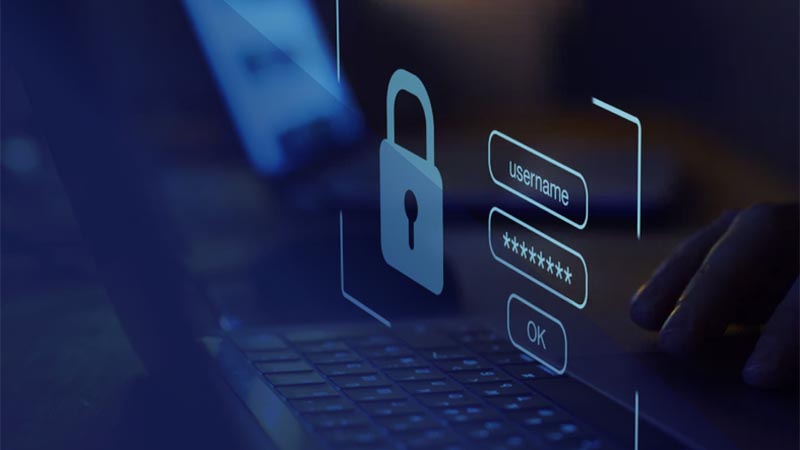Free SSL vs. Paid SSL – a technical buyer’s view

SSL/TLS certificates do two things: they encrypt the session and bind a public key to a DNS name. Whether the certificate was free or paid does not change the cipher negotiated, the lock icon, or the browser’s trust indicator. The meaningful differences show up in identity validation, issuance controls, lifecycle tooling, support, and compliance demands.
Public-trust certificates sit in a chain: a browser-trusted root, one or more intermediates, then your end-entity certificate. Modern browsers also expect Certificate Transparency proofs (SCTs) so that every publicly trusted certificate is logged and auditable. Before issuance, the certificate authority must verify you control the domain—usually by answering an HTTP challenge at
/.well-known/acme-challenge/
, publishing a DNS TXT record (DNS-01), or presenting a special certificate over TLS-ALPN. That domain-control validation is identical whether you use a free CA through ACME or a commercial CA.
Validation level is the first fork in the road. Domain Validation (DV) proves you control
example.com
; it does not add company identity to the certificate. Organization Validation (OV) and Extended Validation (EV) add a vetted legal entity to the subject and tighten issuance procedures. Browser user interfaces no longer elevate EV with a green bar, but auditors, procurement teams, and some B2B buyers still ask for OV/EV because they want the verified organization name (and the issuance paperwork) behind the site. The cryptography itself is unchanged: a DV certificate from Let’s Encrypt and a DV certificate from a paid CA will both negotiate TLS 1.2/1.3 with AEAD ciphers such as
TLS_AES_128_GCM_SHA256
or
TLS_CHACHA20_POLY1305_SHA256
, and both support forward secrecy when the server is configured correctly.
Where free certificates shine is automation. The ACME protocol and clients like certbot or acme.sh can request, install, and renew certificates on a 90-day cadence without human intervention. That makes free DV ideal for fleets, ephemeral infrastructure, containers, and CDNs. Wildcards are available via DNS-01, and multi-SAN certificates are routine. The trade-offs are operational: you must monitor renewals, watch rate limits, and keep DNS/API credentials locked down.
Paid certificates add value in places where process and support matter more than transport security. If you need OV/EV for a tender, a bank integration, or a compliance checklist, you will get a named entity on the certificate and a human validation workflow behind it. Enterprise CAs also sell the management layer: portals and APIs to discover expiring certificates, rotate them in bulk, synchronize inventories across business units, and integrate with CLM/ITSM systems. You also get predictable issuance windows and someone to call when a CAA record or an unusual DNS setup blocks validation. Warranties exist, though they’re rarely invoked; their main role is contractual comfort.
Security outcomes, however, are dominated by your server configuration, not the price of the certificate. A misconfigured paid EV can still serve deprecated protocols, weak ciphers, or mixed content. A free DV on a well-tuned server will earn the same A/A+ on a TLS scanner as its commercial counterpart. Focus on enabling TLS 1.2 and 1.3, disabling legacy suites, turning on OCSP stapling, setting a strict redirect from HTTP to HTTPS, and deploying HSTS after testing. Prefer ECDSA keys for performance and modern clients, with an RSA fallback if your audience includes very old devices. Make sure the full intermediate chain is served, or some clients will fail to build trust.
Renewal strategy deserves special attention. Public-trust certificates max out at roughly 398 days; many teams choose 90-day DV and lean on automation to lower exposure if a key is ever compromised. Whichever path you choose, add monitoring that alarms well before expiry, and keep a playbook for failed renewals—misplaced DNS tokens and changed web roots are common failure modes. Plan around rate limits if you issue lots of near-identical SAN certificates; consolidate where practical.
There are a few persistent myths worth discarding. Paying for a certificate does not improve search ranking; having HTTPS at all is the baseline signal. EV no longer modifies the address bar in a way users notice; the identity is still present in the certificate details, which auditors can inspect. “Free equals less secure” is backwards: configuration and key hygiene create or remove risk.
So how should you choose? If you’re running a blog, a marketing site, documentation, or a straightforward SaaS or store, a free DV certificate with automated renewals is usually the right answer. You get modern cryptography, browser trust, and a maintenance workflow that scales. Step up to a paid OV or EV when a contract, regulator, or partner explicitly requires a verified organization identity, a named commercial CA, or support SLAs. If you operate at enterprise scale, let lifecycle control drive the decision: pick the ecosystem—ACME at scale or a commercial CA with discovery and APIs—that lets you inventory, rotate, and audit certificates without drama.
The padlock is earned by protocol, not by price. Treat the certificate as one component of a broader TLS posture, invest in automation and monitoring, and reserve paid options for the situations where identity assurance, compliance, and support truly matter.
